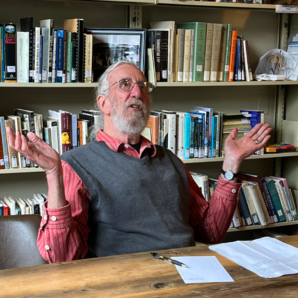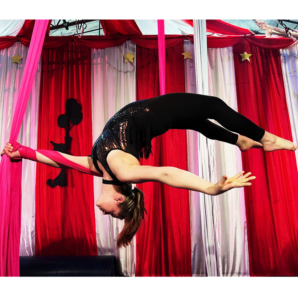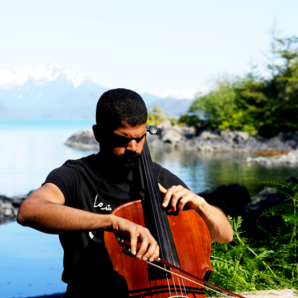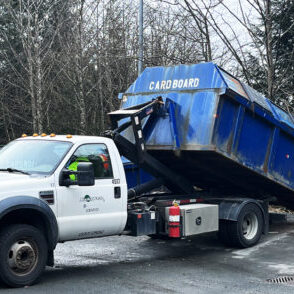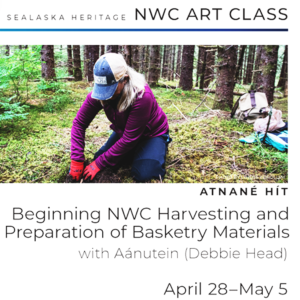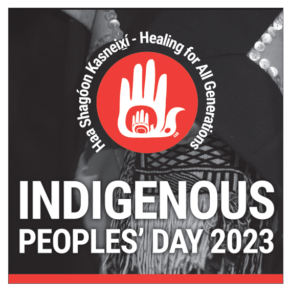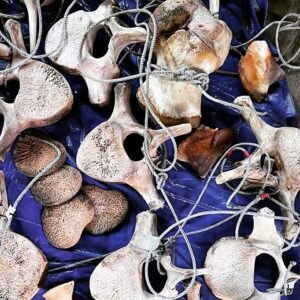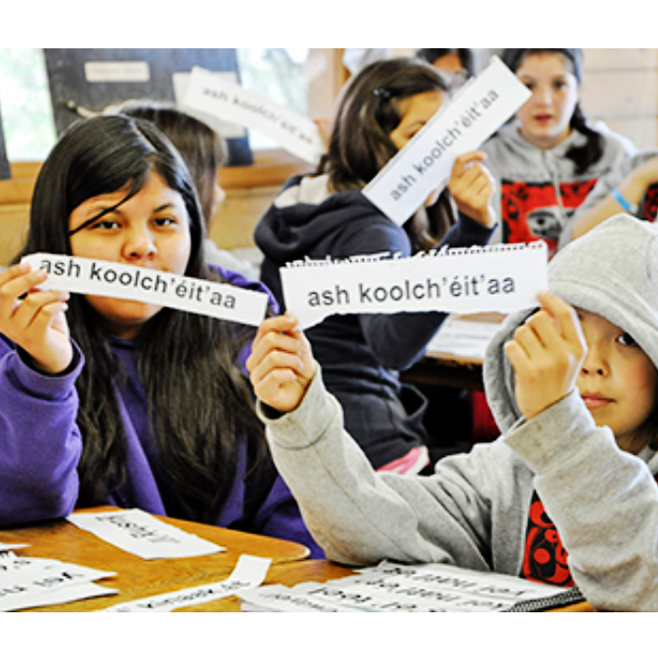
Documenting Tlingit Gesture System
Program Launched by Sealaska Heritage Nov. 2023
Sealaska Heritage Institute (SHI) is launching a groundbreaking new program to document 100 gestures used in Tlingit communication identified nearly 40 years ago, to recover other gestures still known and used by Tlingit elders, and to investigate whether similar structures existed for Haida and Tsimshian languages.
Documenting the practice, known as the Tlingit Gesture System (TGS), could be a jumping off point to developing sign languages for Tlingit, Haida and Tsimshian. In North America, only the Plains Indian Sign Language has been fully documented, said SHI linguist Jeff Leer, Ph.D. “This project to document this practice is therefore truly groundbreaking,” Leer said.
It’s not known if knowledge of gesture systems existed among the Haida and Tsimshian, and the institute’s project will investigate whether knowledge of this system exists, said SHI President Rosita Worl, Ph.D. Documentation of these gesture systems can add a new body of Indigenous knowledge about Southeast Alaska Natives and will be applied in Native language restoration efforts, Worl said.
Most of what is known about the TGS was documented by Leer in his manuscript Report on the Tlingit Gestural System. Leer, who first began studying the Tlingit language in 1964, worked with fluent gesturer Elizabeth Nyman, a Tlingit elder of the Yanyeidí clan from Atlin, Canada, to record more than 100 Tlingit gestures. Some gestures have also been identified by Robi Littlefield of Sitka.
You can read the entire SHI article HERE, although here are some especially interesting points:
- The TGS is similar to conventional sign languages in that it conveys concrete, useful information to the observer. The TGS differs from conventional sign languages in that the information it conveys is generic; the TGS has very few “signs” in the conventional sense and lacks the means to distinguish between species, sex, age, color or similar specific conditions.
- These gestures are also quite unlike mainstream Anglo-American gestures where hands are used to make chopping motions or wide circles, which function largely as punctuation marks.
- The TGS was especially well developed in the areas of hunting, fishing and making war, since hunters and warriors frequently needed to communicate in silence, and since gestures were necessary in long-distance boat-to-boat communication. Moreover, since there were deaf individuals, the TGS was most likely adapted for use as a home sign language to communicate with such individuals; however, no such home sign language has been documented, Leer said.
SHI is sponsoring the program, which will be led by Leer, through reparation funds given to the institute in October by the Ḵunéix̱ Hídi Northern Light United Church, Northwest Coast Presbytery and Presbyterian Church U.S.A. The payment was meant to atone for the racially motivated closure of a Juneau church in 1963 that was ministered by the late Tlingit spiritual leader Dr. Walter Soboleff.







